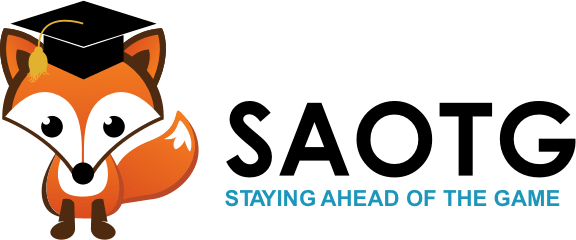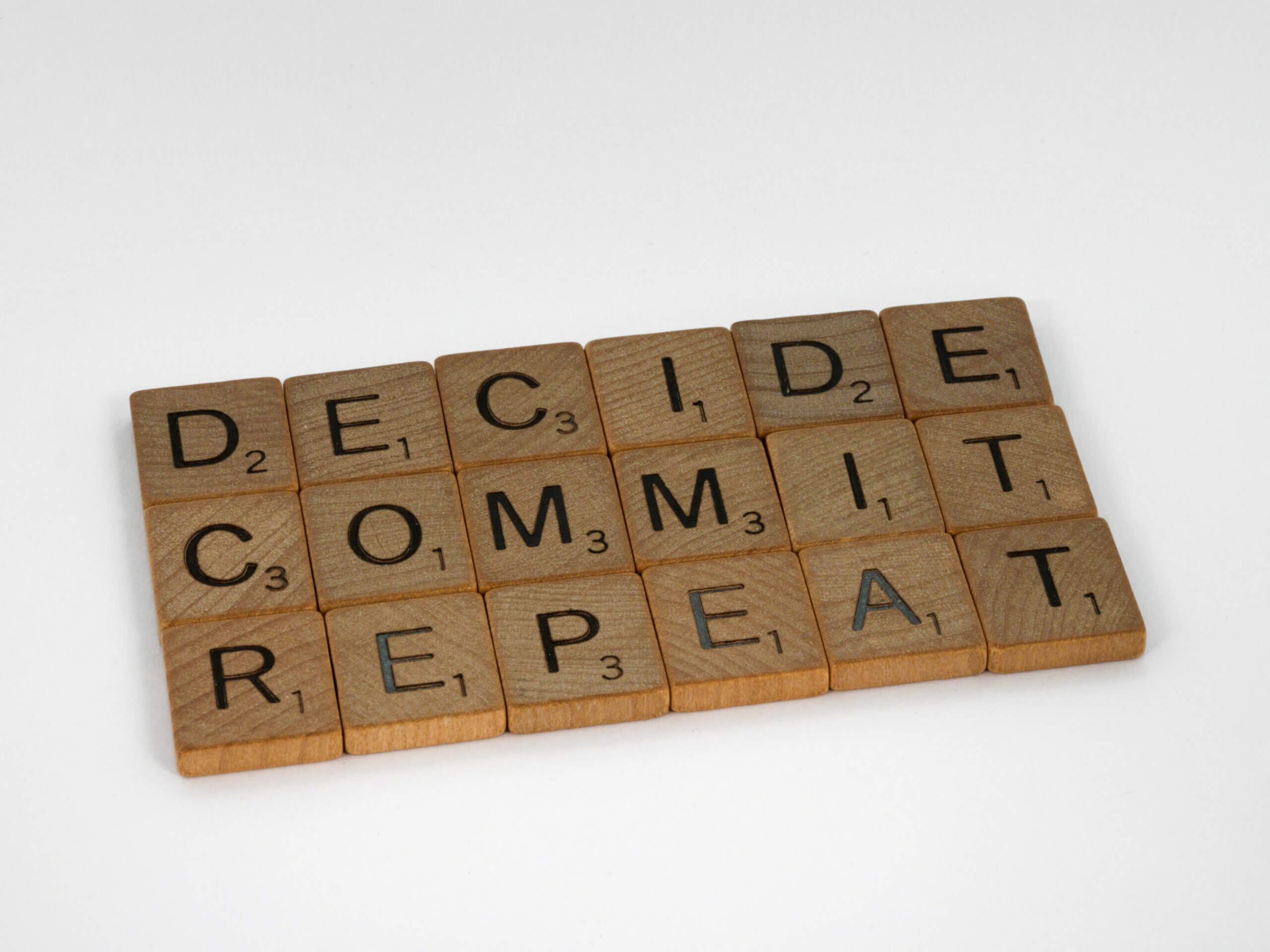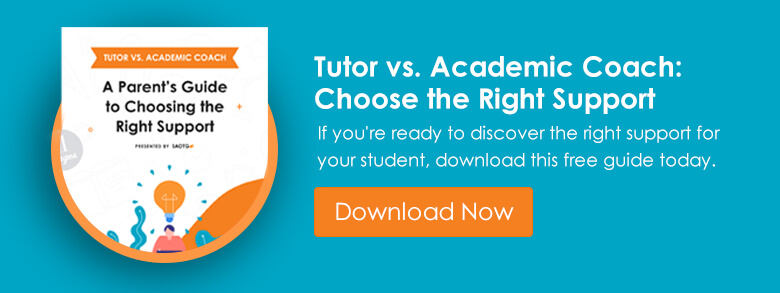How many decisions do you have to make per day? How many decisions does your child have to make? In many cases, we are making hundreds of choices every day. Weighing the pros and cons and trying to maintain our discipline often leaves us exhausted at the end of the day. Students are in the same boat.
Navigating the modern school environment requires students to make numerous decisions daily, leading to a mental weariness known as decision fatigue. This fatigue can hinder students’ ability to make effective choices, impacting their academic and personal lives. Staying Ahead of the Game is intimately familiar with these challenges, having been founded by Evan Weinberger, who grappled with ADHD and the associated decision-making struggles throughout his own academic path. Recognizing the essential need for these skills, Evan created a program centered on enhancing Executive Function, addressing pivotal areas such as organization, time management, study skills, and impression management.
This blog post will explore the concept of decision fatigue and elucidate how parents can assist their students in managing and overcoming it, aligning with SAOTG’s holistic approach to student success and well-being. The focus is on practical, actionable strategies that bolster students’ executive functioning skills, empowering them to make informed, balanced decisions without the weight of overwhelming fatigue.
What is Decision Fatigue?
Decision fatigue is a cognitive drain stemming from the incessant need to make choices, big or small, throughout the day. It’s the overwhelming sensation experienced when faced with too many decisions, leading to a depletion of mental energy and a decline in the quality of choices made. This fatigue is especially palpable in the educational sphere, where students are continually pressed to prioritize tasks, manage distractions, and navigate numerous academic and personal responsibilities. The constant activation of the brain’s executive functioning system, required for these activities, demands significant effort and energy. Unsurprisingly, students, particularly those grappling with ADHD, find themselves trapped in a cycle of avoidance, procrastination, or impulsivity as a coping mechanism for the overload.
The phenomenon directly correlates to the executive functions of planning and prioritization — crucial abilities that allow students to create a mental roadmap to focus on tasks or goals. Decision fatigue clouds this roadmap, making it exceedingly difficult for students to discern what to do next. This uncertainty, coupled with the pressure to make the right choices, can lead to a paralytic state where students either freeze or seek escape by engaging in unproductive activities. For instance, a university employee, burdened with the decision of choosing between two different work locations daily, grappled with persistent decision fatigue, exacerbating her stress and discontent. Such a seemingly simple choice, repeated daily, amplified her mental exhaustion, reflecting the potent impact decision fatigue can have on everyday life and well-being.
Beyond the immediate struggle of making effective choices, decision fatigue wreaks havoc on academic performance, willpower, and emotional regulation. The enduring psychological drain it creates impairs students’ abilities to concentrate, complete assignments efficiently, and engage effectively in the learning process. It erodes willpower, leaving students vulnerable to impulsivity, poor planning, and the lure of immediate gratification, much like the children in the famous “Marshmallow Experiment.” In this study, children who were unable to resist the temptation of a marshmallow in front of them, sacrificing a greater reward later on, exemplify the diminished self-control stemming from decision fatigue, further showcasing the pressing need for strategies to manage and overcome this pervasive challenge.
Alleviating Decision Fatigue
An effective antidote to decision fatigue lies in establishing structured habits and routines, a fundamental aspect of SAOTG’s Executive Function academic coaching curriculum. The beauty of routines lies in their automatic nature, which prevents the need for active decision-making, conserving precious mental energy for more demanding tasks. This system works seamlessly because it delegates the cognitive load from the prefrontal cortex, responsible for decision-making, to another brain region that handles established patterns of behavior. The transition to automaticity in routines liberates the brain from the constant drain of decision-making, offering a respite that enhances overall cognitive functionality and mental well-being.
Consider the mundane yet essential task of kitchen cleanliness. Adopting a routine of immediate cleanliness, like placing used cooking implements in the dishwasher as they are used, transforms a potentially overwhelming task into a seamless, mindless activity. This approach reduces the cumulative burden of decisions, conserving mental energy and reducing stress. The practical application of this principle extends to professional settings as well. Establishing a daily routine of planning the next day’s schedule and organizing the workspace can significantly enhance productivity and mental clarity by minimizing decision fatigue. These actions become ingrained patterns that no longer tax the brain’s decision-making resources.
The same logic works for the mundane aspects of student life. Creating simple systems to keep a student’s binder and backpack organized or to keep track of homework assignments decreases the cognitive load from day to day. Students who adopt EF-driven habits and routines have fewer decisions to make. That’s the goal of our academic coaching program. Incorporating routines to manage daily tasks and decisions plays a pivotal role in mitigating decision fatigue. Parents can support their students in identifying regular small decisions that could be transformed into routines. This process, although gradual, will lead to substantial long-term benefits by freeing mental resources for more critical thinking and learning, fostering an environment of academic success, reduced stress, and enhanced personal growth.
SAOTG’s Academic Coaching Program
Decision fatigue is a formidable barrier to academic and personal success, silently eroding mental energy, focus, and the ability to make sound choices. However, structured habits and routines emerge as powerful tools in mitigating these challenges, highlighting the effectiveness of SAOTG’s approach to academic coaching. By integrating these strategies, students can reclaim their mental energy, bolstering their academic performance and overall well-being.
Our dedicated team stands ready to guide students in developing robust routines and habits, effectively combating decision fatigue and paving the way for a successful academic journey. Reach out today to learn more about our one-on-one academic coaching and tutoring services.





